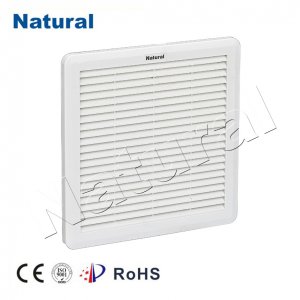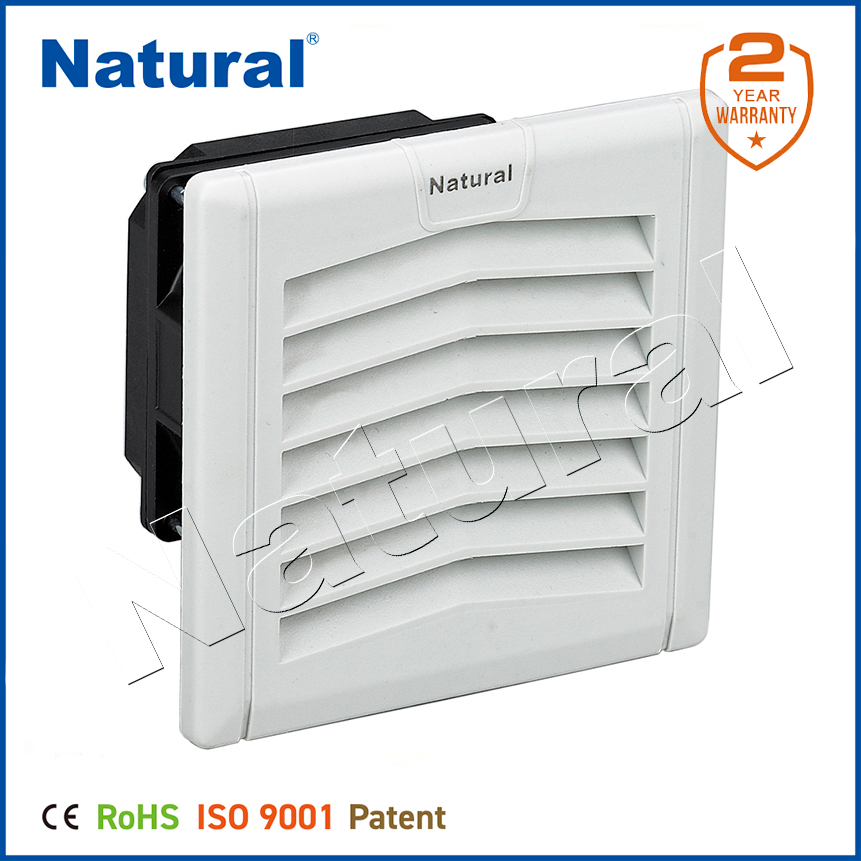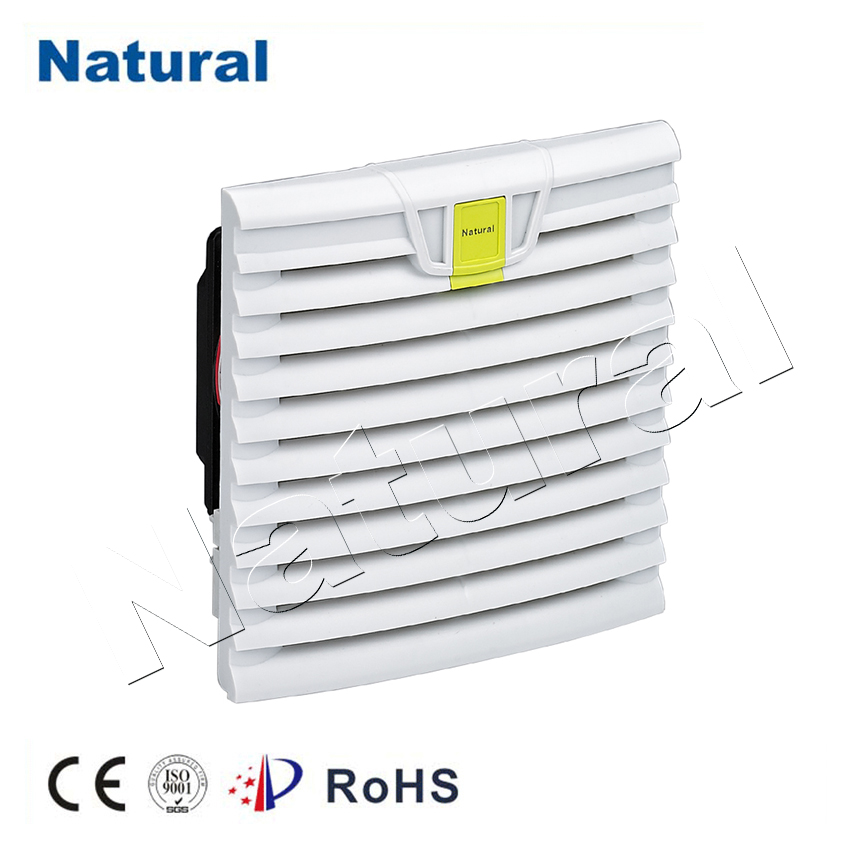In various industrial and commercial applications, the combination of a fan and filter plays a crucial role in ensuring optimal air quality and environmental conditions. These two components, when working together, not only regulate airflow but also eliminate harmful particles and contaminants that may pose risks to both human health and equipment efficiency. From cleanroom environments to ventilation systems in buildings and manufacturing plants, understanding the function and importance of fans and filters is essential for maintaining a safe, productive, and healthy space.

The Role of Fans in Airflow Regulation

Fans are mechanical devices used to move air or gases within a specific area. They create airflow by converting electrical energy into mechanical energy through the rotation of blades, which pushes air into or out of a space. In industrial environments, fans serve as the primary means of ventilating and circulating air, whether it’s for cooling, heating, or simply maintaining a constant flow of fresh air. The efficiency of a fan is typically determined by its size, speed, and design. For instance, in a manufacturing setting where large volumes of air need to be moved quickly, high-powered industrial fans are often used. These fans are designed to withstand harsh conditions and move large quantities of air to maintain proper ventilation. They are also commonly employed in the cooling of electronic equipment, where high heat loads can cause overheating.
